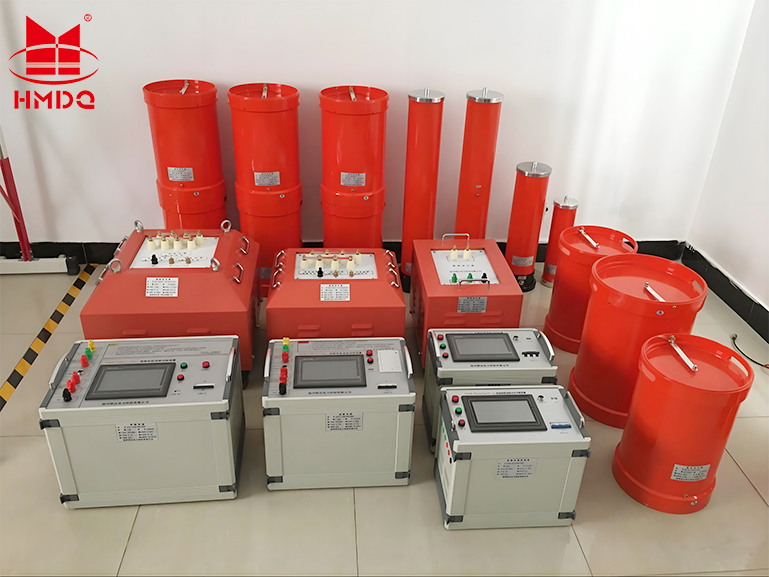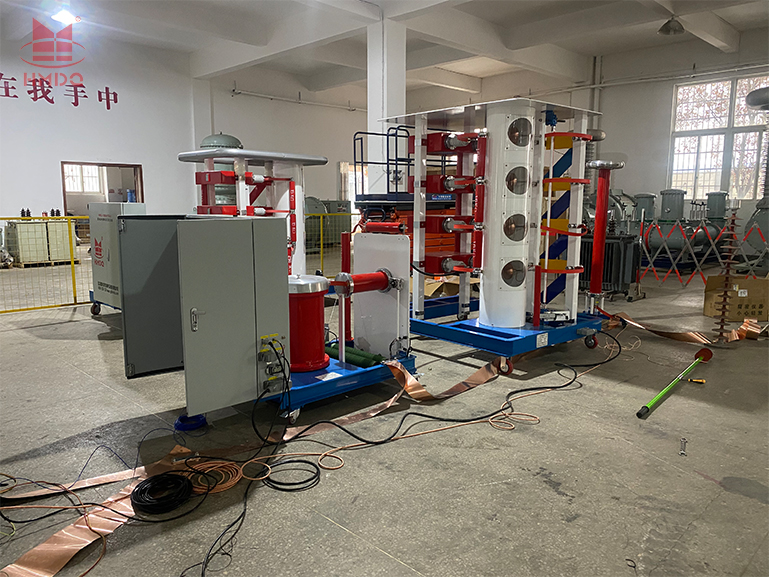What is the principle of the Impulse Voltage Test Generator

The Impulse Voltage Test Generator is a device used to generate highvoltage,shortduration electrical impulses or pulses.The principle behind the operation of an Impulse Voltage Test Generator is based on the concept of energy storage and rapid discharge.
The main principle of the Impulse Voltage Test Generator can be summarized as follows:
1.Energy Storage:
The generator contains a highvoltage capacitor that is charged to a specific voltage level,typically in the range of kilovolts(kV).
The energy required to generate the impulse is stored in this charged capacitor.
2.Rapid Discharge:
When the test is initiated,a highspeed switch(e.g.,a spark gap or a solidstate switch)is used to rapidly discharge the charged capacitor.
The rapid discharge of the stored energy in the capacitor creates a highvoltage,shortduration impulse or pulse.
3.Impulse Waveform:
The shape and characteristics of the generated impulse waveform are determined by the design of the Impulse Voltage Test Generator.
The waveform typically follows a specific standard,such as the standard lightning impulse waveform(1.2/50μs)or the standard switching impulse waveform(250/2500μs).
The rise time,duration,and amplitude of the impulse waveform can be adjusted by modifying the circuit parameters and the design of the generator.
The Impulse Voltage Test Generator is widely used in the electrical power industry,particularly for testing the insulation and withstand capabilities of highvoltage equipment,such as transformers,circuit breakers,and power lines.The generated impulses simulate the effects of lightning strikes,switching operations,or other transient overvoltage events,allowing the equipment to be tested and evaluated under these conditions.
The main principle of the Impulse Voltage Test Generator can be summarized as follows:
1.Energy Storage:
The generator contains a highvoltage capacitor that is charged to a specific voltage level,typically in the range of kilovolts(kV).
The energy required to generate the impulse is stored in this charged capacitor.
2.Rapid Discharge:
When the test is initiated,a highspeed switch(e.g.,a spark gap or a solidstate switch)is used to rapidly discharge the charged capacitor.
The rapid discharge of the stored energy in the capacitor creates a highvoltage,shortduration impulse or pulse.
3.Impulse Waveform:
The shape and characteristics of the generated impulse waveform are determined by the design of the Impulse Voltage Test Generator.
The waveform typically follows a specific standard,such as the standard lightning impulse waveform(1.2/50μs)or the standard switching impulse waveform(250/2500μs).
The rise time,duration,and amplitude of the impulse waveform can be adjusted by modifying the circuit parameters and the design of the generator.
The Impulse Voltage Test Generator is widely used in the electrical power industry,particularly for testing the insulation and withstand capabilities of highvoltage equipment,such as transformers,circuit breakers,and power lines.The generated impulses simulate the effects of lightning strikes,switching operations,or other transient overvoltage events,allowing the equipment to be tested and evaluated under these conditions.



